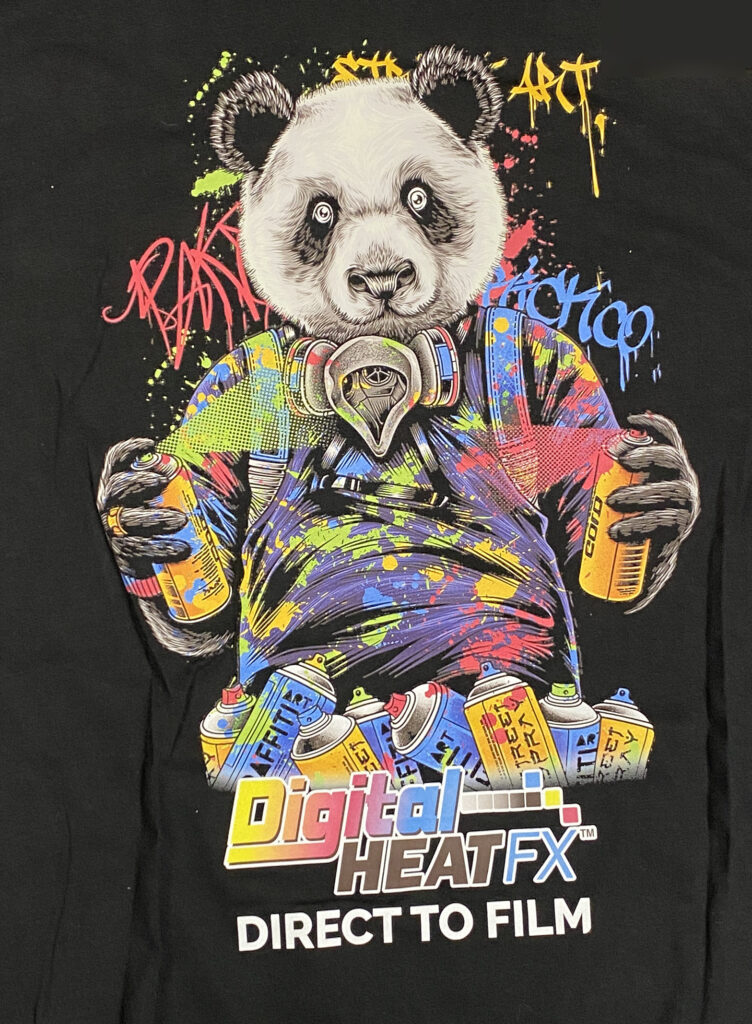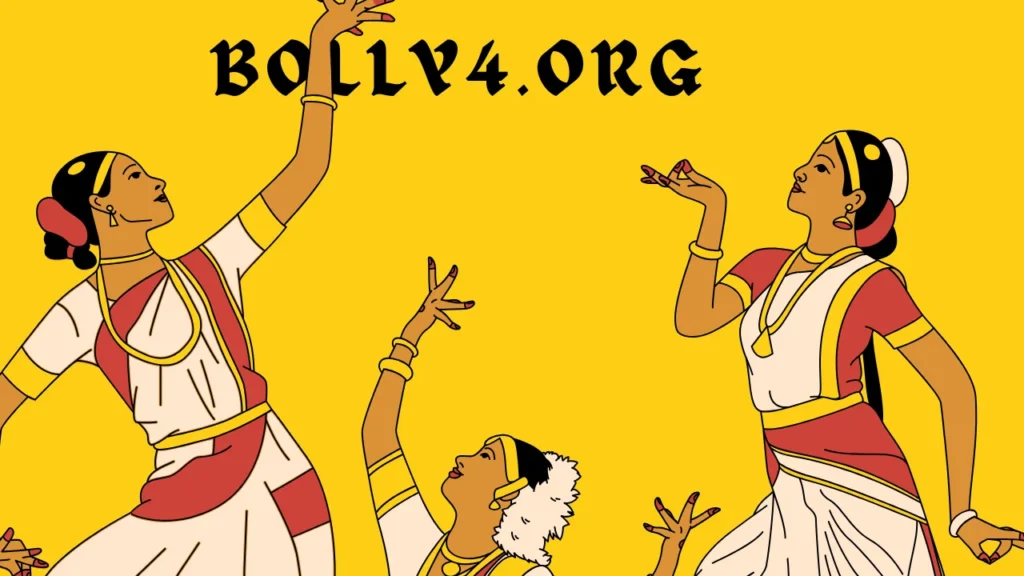Shifting Trends In Apparel Printing
The apparel printing industry has never remained in the same condition over the years, but the rates of transformation in recent years are astonishing. As consumer demands have shifted to focus on customized clothing and on-demand fabrication, decorators and apparel companies are increasingly feeling pressure to stay current with trends. A time when the mass-produced vanilla design dominated the fashion scene is quickly exciting. Customers are in demand of special, high-quality prints that portray their character or serve specific requirements, such as special functions or branded product items.
Direct-to-film (DTF) technology is making its debut in the market as the solution to these new requirements, offering a centralized service to any business intending to enter or expand into the custom apparel market.Thanks to the variety of best DTF printers for sale now available, small businesses, start-ups, and even established shops have found a way to keep pace with this personalized approach while maintaining efficient production.According to industry reports, these breakthroughs in DTF and its UV variations have created a tidal wave of creativity, transforming how print shops operate their businesses.
What Makes DTF Printing Stand Out?
The outstanding attribute of the DTF compared to traditional ones is its flexibility of approach. Where direct-to-garment (DTG) printing is popular due to its higher quality, crisper, and photo-quality results on cotton, the technology is largely restricted by the fabric type and is more expensive for small-batch printing. Screen printing, on the other hand, is best suited for large production runs, but the setups are complicated; this process is not ideal for use in complex or small production runs. Introduce DTF: it combines the advantages of these two systems by eliminating the high setup cost and allowing you to achieve vibrant, detailed prints on nearly any fabric—silks, polyesters, blends, and more.
DTF also facilitates the production process. By avoiding the complexities of creating color separations and stacking layers of different colors, decorators can efficiently meet a wide range of orders. One-off designs for custom tees can be easily “processed” in small shops, whereas bigger companies can easily switch between small runs and high-volume production. The sheer flexibility of the DTF printing approach makes it applicable where entrepreneurial activity is present, such as when individuals want to start their apparel businesses, design, and need a unit that is fast, flexible, and all-in-one, and where investment capital is not a concern.
Breaking Down The DTF Printing Process
The workflow of DTF is a game changer for individuals entering the apparel printing industry, as it offers them a straightforward entry without the high learning curve typically associated with other technologies. The DTF process is usually pursued through the following basic steps:
Design Creation: Artists utilize digital graphics. There are unlimited choices, including full color, fancy details, photos, and gradients, which ensures that creativity is allowed to thrive without the restrictions typically associated with other printing techniques.
Film Printing: Special pigment ink is used to push the design to a transparent PET film in reverse. This yields a true-color, high-resolution, application-ready print.
Powder Application: A finely milled, hot-melt adhesive powder is applied to the surface of the image while the ink is still wet, allowing this method to transfer effectively to substrates and create a permanent result.
Curing: The movie undergoes a curing process—commonly a conveyor dryer or heat press—which causes the powder to adhere to the ink and hold it in position, yet the ink is not completely melted.
Heat Transfer: In the final process, the item containing the design is pressed onto the destination garment at a specified time, temperature, and pressure. This softens the adhesive, allowing the pigment to become trapped on the fabric.
Peeling and finishing: Once in a cooled state, the PET is peeled off, leaving a colored, stringy, and long-lasting trim on the garment. There may be a final pressing that makes the fabric even softer and incorporates the print deeper into the fibers.
All of its workflow is simple to operate, allowing both inexperienced and experienced users to create high-quality, ready-to-sell products regularly with minimal investment in knowledge and equipment.
Creative Advantages For Designers & Small Businesses
DTF printing creates equal opportunities for designers and small business entrepreneurs by lowering the creative and economic barriers to entry. There is no longer a need to become entangled in financial concerns regarding unsold goods or the risks associated with ordering 100 items of a product before understanding what sells and what does not. Rather, they can quickly experiment with new ideas, seek customer feedback, and redesign their services with minimal time wasted. This type of mantra, which enables you to grasp a concept more quickly and adjust to it more easily, is especially relevant in the current fashion marketplace, which is rapidly evolving.
DTF provides incredible creative flexibility, supporting projects that range from sophisticated photo prints to delicate vector images. The technology assists decorators in extending their market reach; all sports teams, family gatherings, school spirit wear, and even locally owned businesses are examples of such markets that thrive on the performance of high-quality, fast, and custom-printed production. As highlighted in Impressions Magazine, these technological advances help designers move beyond the ordinary, making small-lot, high-impact collections a reality.
Challenges and Considerations With DTF
Although it has these advantages, DTF is not without its challenges. Certain users claim that some of their printings on DTF are heavier or less airy than those printed using screen or sublimation printing (particularly when printed on a large solid-color basis). Following best-recommended practices for washing (such as laundering clothes in reverse positions or using cooler water) is a good guideline to retain color and extend the life of the print. The longevity is very good, although results are subject to the particular printer, film, ink, adhesive, and method used.
1.Quality materials (film, adhesive powder, and ink) ensure that the result is of high quality and lasts longer.
2.The curing process is crucial for making the print resilient; neither time nor temperature should be compromised. Otherwise, the print might peel or lose its lushness.
3.The ability to repair regularly and perform minor tests can prevent production hitches and ensure customer satisfaction.
Most successful DTF decorators advise joining trade forums, attending webinars, and regularly working on their hands-on skills to enhance their expertise and stay ahead of emerging new projects.
Sustainability And DTF Printing
Green issues have garnered the attention of the entire industry as consumers increasingly demand more environmentally friendly products. DTF complies with this trend by allowing apparel decorators to print only what they need. The low level of overproduction has plagued the clothing industry for years. With the potential to enter orders in batches, print on demand, and dispose of waste efficiently, DTF processes can occupy a reduced carbon footprint compared to traditional printing environments, which continue to rely on large print runs and inexpensive chemicals.
Other recent developments, such as more efficient and energy-saving curing machines and water-based inks, further push DTF in the direction of sustainability. Designers who are concerned with green-minded business models discover that they can adequately serve their business as well as their environmentally minded customers with the help of print-on-demand DTF.
Future Outlook For DTF In Apparel Decoration
The future opportunity of DTF technology can increase as the technology develops. According to the majority of professionals, DTF is unlikely to be a full replacement for traditional printing techniques such as screen or DTG printing. Rather, it supplements them, naughtily infiltrating workflows where they need speed, flexibility, and designer-specific customization. Emerging e-commerce platforms and automation tools are also ensuring that the process of integrating the DTF is streamlined, allowing brands and designers to bridge the digital shop interface and on-demand manufacturing.
Continued advances are certain to make the process even faster and more sustainable, and one in which flexibility of production and creativity are highly valued. The companies that will be quick to capitalize on such strengths are likely to be popular among both emerging and established brands, which aim to address market changes with new and fashionable products.
Summary & Practical Next Steps
1.Apply DTF printing to various types of fabrics to determine the best products in terms of both feel and appearance to offer within your business.
2.Keep in touch with the changes in the DTF printer, ink, and workflow regularly to anticipate developments in quality trends.
3.Utilize DTF as a flexible technology that complements other print technologies and enhances your creativity.
4.Reach out to colleagues and be interested in continuous education to stay up-to-date with the latest approaches and strategies.
Direct-to-film printing is not a fad but a seismic shift in the way decorators, creators, and entrepreneurs can join the rapidly expanding world of apparel decoration. The flexibility, the relatively low learning curve, and the ability to meet the changing demands of the customer base promise the creators a new competitive advantage in an oversaturated market.



